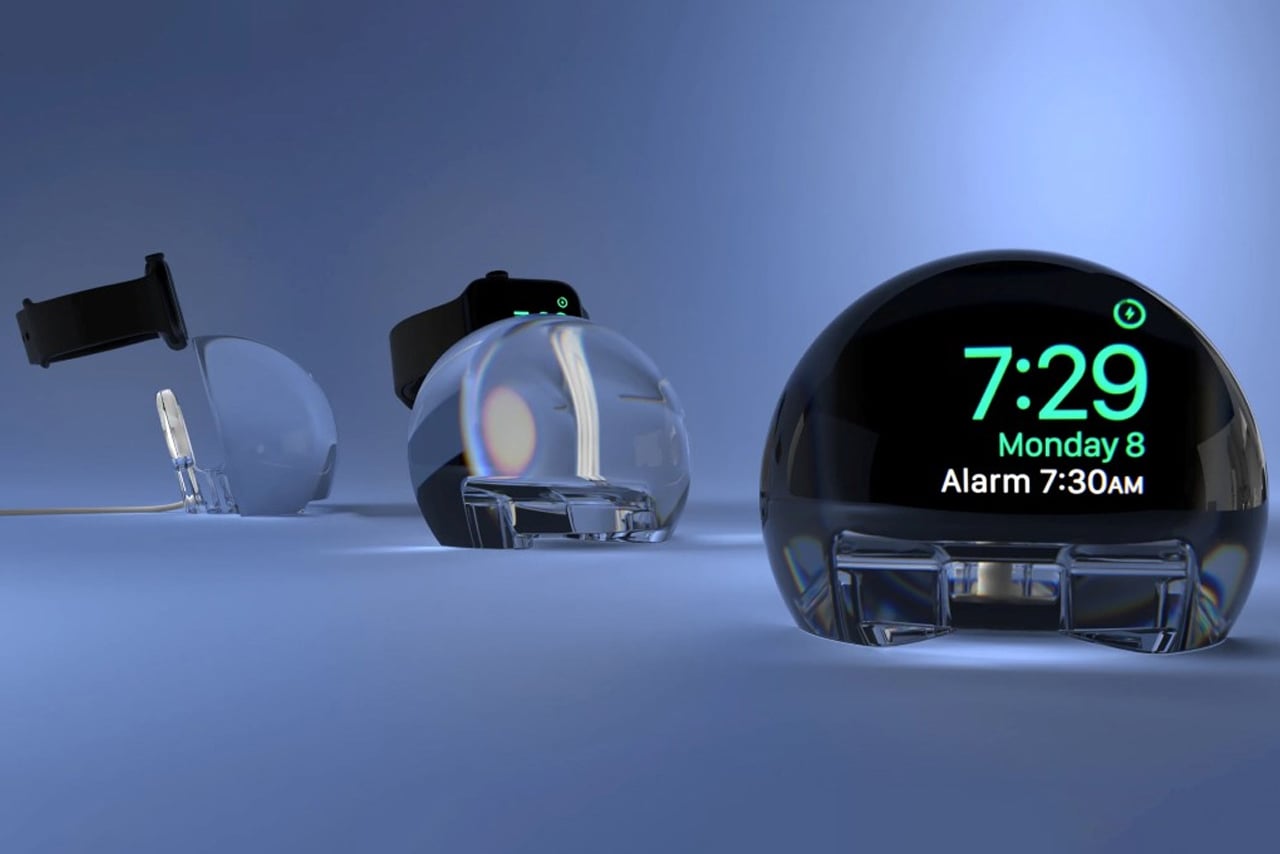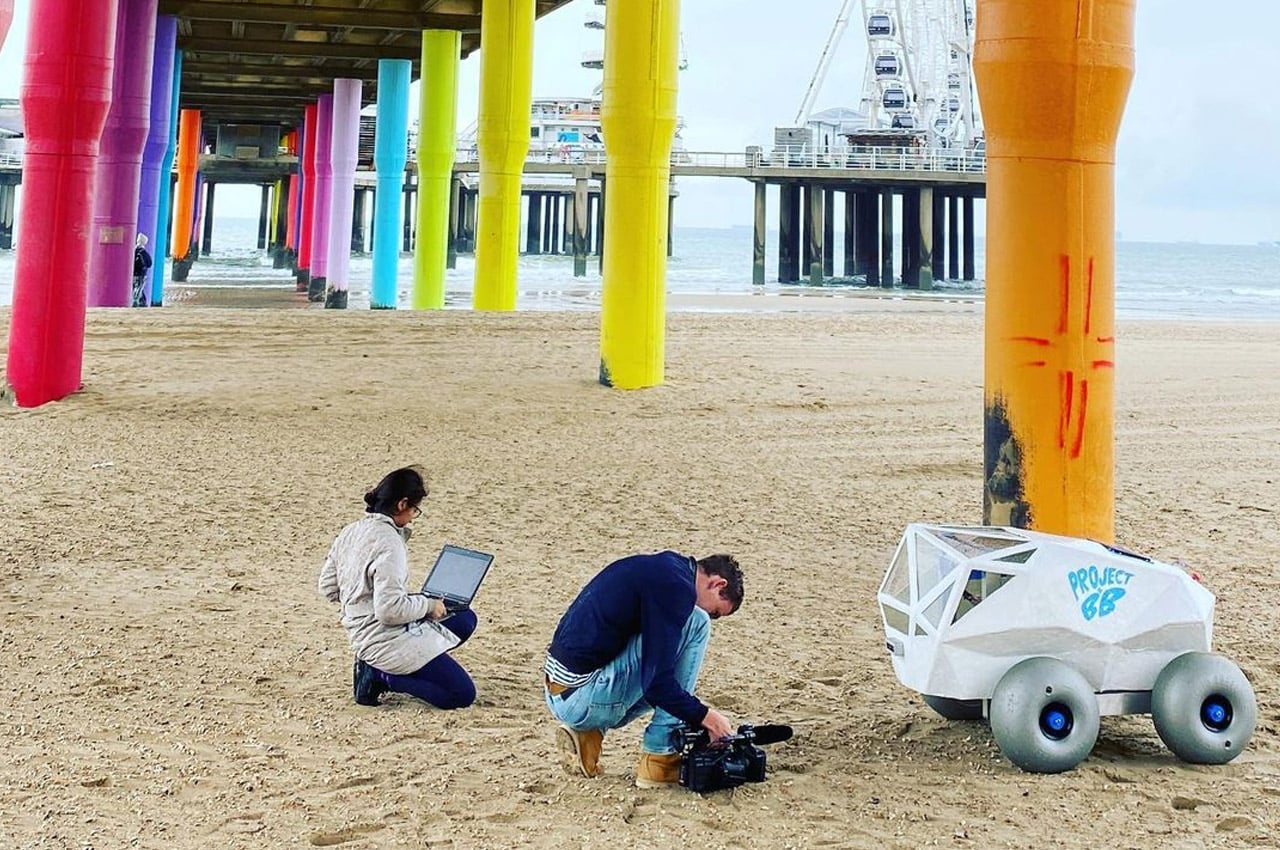This is the third calendar year of being in this pandemic: 2020, 2021 and now 2022. True, the duration is technically less than 3 years (March 2020-January 2022) but heck it feels like three years to me. Likely it does for you too. I can assure reading this newsletter will go by quickly in comparison.
Pandemic: The last month has seen Omicron variant slamming into the world with full force, including yours truly. After managing to avoid Covid-19 in all its variant forms, me and the people in my bubble (save my son) managed to get it within a day of each other. Fortunately we were all vaxxed and in some cases boosted. Likely because of that, we all felt sick and weak but nothing remotely requiring a visit to a hospital, never mind a stay. It sucked, and I missed some work in order to rest up (and frankly in the early days I slept most of the day while my body worked overtime to squash those bugs). We are now as healthy as we were before.
And it wasn’t just us. It seemed almost everyone had it. Partially because of all this sickness, we started to see impacts of it everywhere, such as the grocery stores. It seems like grocery stores running out of food, but this piece has what’s really going on. The stores are empty in many parts. But I suspect this will not be for long.
Other areas continue to suffer, such as travel. Case in point: Air Canada ending flights between Sydney and Halifax in January. Also the health care system. While Omicron is relatively milder, hospitals are still filling up with people due to the number of unvaccinated people. I am not sure if it’s true that our current health-care disaster could have been averted, but some believe it could have been
Meanwhile, speaking of the unvaccinated and the anti-vaxxers, in much of the West the walls are closing in on them. Let’s hope that leads to less and less unvaccinated people. Sadly, there is still a big convoy going to Ottawa to protest vaccine mandates. Idiots.
A milder form of protest is in the form of people whose livelihood depends on crowds. Restaurants for sure, but also the arts. It was stated here that arbitrary shutdowns show that most Canadian leaders hold little value in artists. It may seem unfair, especially in light of sporting events going on. But to say that crowded venues are harmless is wrong, in my opinion.
Elsewhere, here’s two views on other parts of the world that are in the vanguard of dealing with the pandemic: Japan (What Japan Got Right About Covid-19) and Israel (How do key COVID-19 metrics compare to the early 2021 peak in Israel?).
It’s important thing to keep in mind the true cost of the pandemic. As this shows, the pandemic’s true death toll is millions more than official counts. It has been a time of great tragedy and loss.
Business: the pandemic continues to impact business and the working world in many ways. Besides food shortages, we also have demand driven inflation. Here’s a horribly wrong take on how to deal with it: What a Socialist Response to Inflation Should Look Like. While I am sympathetic to the impact inflation has on low income workers, price controls will not effectively deal with it. Income supports and other programs would be far more effective.
Besides that, workers quit jobs in droves to become their own bosses. At least in the US. Here’s how millions of jobless Americans can afford to ditch work. As well, distributed work continues to appeal. Companies are going to want to move away from that and back into offices. I am not sure how successful that will be.
Toronto: Meanwhile in Toronto we were hit with a big blizzard this month. it was so bad, people helped push a TTC bus out of the snow during it. Meanwhile, our premier, who is trailing in the polls, decided to drive around Toronto and pick up people stranded by the blizzard. It did not go over well it seemed, as people mocked the whole thing as a stunt.
Crypto: it seems like there is an explosion of discussion with regards to digital finance. While there are many aspects to it, it seems to have centered around the term “crypto”. Here’s a good piece on it from Josh Barro: Why I hate cryptocurrency. Here’s an attempt at a fair assessment Crypto: the good the bad and the ugly. I still think it is mostly bad. Even in areas where it is supposed to be helpful, it isn’t. Case in point: NFT art sales are booming. Just without some artists’ permission. I find the whole topic depressing to think about.
Speaking of depressing, here’s the dumb man’s idea of a smart man, Jordan Peterson making a fool of himself on the topic of climate: word salad of nonsense: scientists denounce Jordan Peterson’s comments on climate models. This is grim: The return of the 10-minute eviction in the US. Also downbeat is how America can’t seem to help themselves when it comes to improving their country with programs like Biden’s Build Back Better. This article seems to think it will not go well for one opposing senator: West Virginia‚’s coal miners just made Joe Manchin’s life a lot harder. I’ll believe it when I see it. Of course we just can’t stand by and watch it happen. The American polity is cracked and might collapse. Canada must prepare. Sad.
Wordle! One good thing about the pandemic was the mass adoption of the game Wordle. For those of you wondering or have forgotten, here are your other Wordle questions answered. Also on the topic: Six Lessons From the Success of Wordle.
Finally and positively: In general, it is easy to get downbeat in the midst of winter during this seemingly endless pandemic. But it is truly incredible how quickly we have developed a vaccine and rolled it out (and continue to roll it out) around the world. Most people have worked hard to do the right thing and try and end this situation. It is too easy to focus on the bad parts like the antivaxxers and antimaskers, when at least in Canada the vast majority are provaxx and promask and supportive of good initiatives. Let’s focus on that for a moment. Meanwhile do what you can to stay well and help your community to do the same.
P. S. I took a drawing challenge this month: draw every day and post it on Instagram. I failed, but I failed in a “shoot for the stars, land on the moon” way. I didn’t manage to draw 31 images, but I managed to draw much more than I had been in ages. I was glad for that. Here’s one of those sketches: white conte on black paper.
When I lived on Castlefield Avenue I would often see the sky like this walking home late at night. It’s a good image and memory for me. Thanks to my friend and old colleague Karen Maxwell for the challenge.
Hey! Thanks for reading this. See you next month.














 I think these would be a great gift for anyone into science, or for teachers teaching the elements.
I think these would be a great gift for anyone into science, or for teachers teaching the elements.:format(webp)/cdn.vox-cdn.com/uploads/chorus_image/image/70376667/canon_printer_2400.0.jpg)









 Or so I thought when I was read this piece,
Or so I thought when I was read this piece, 











